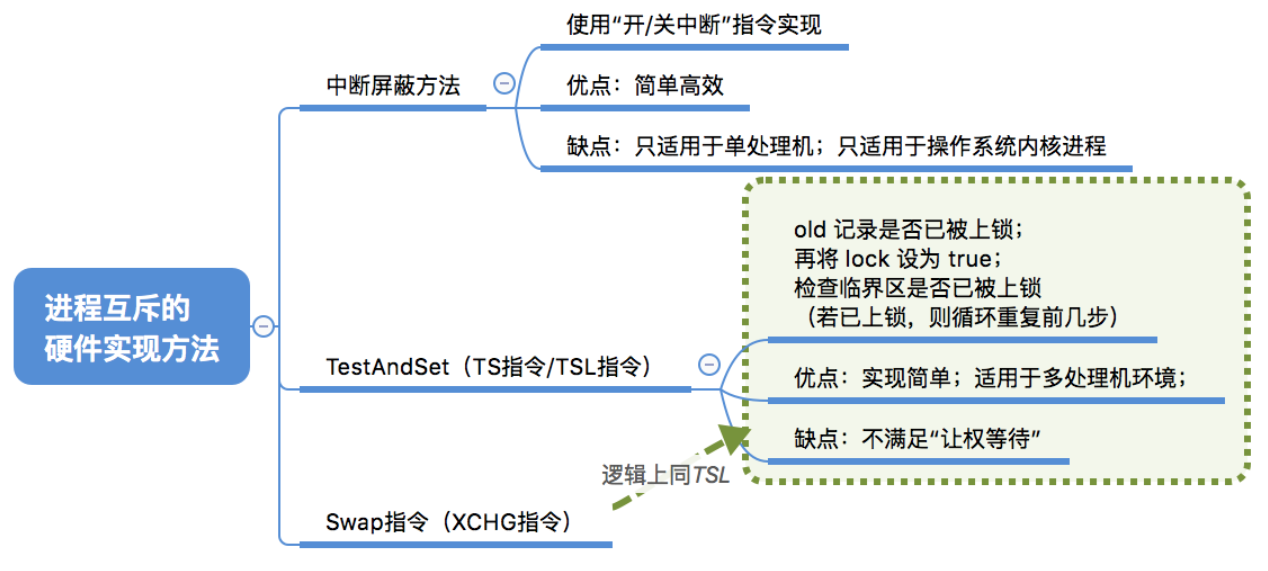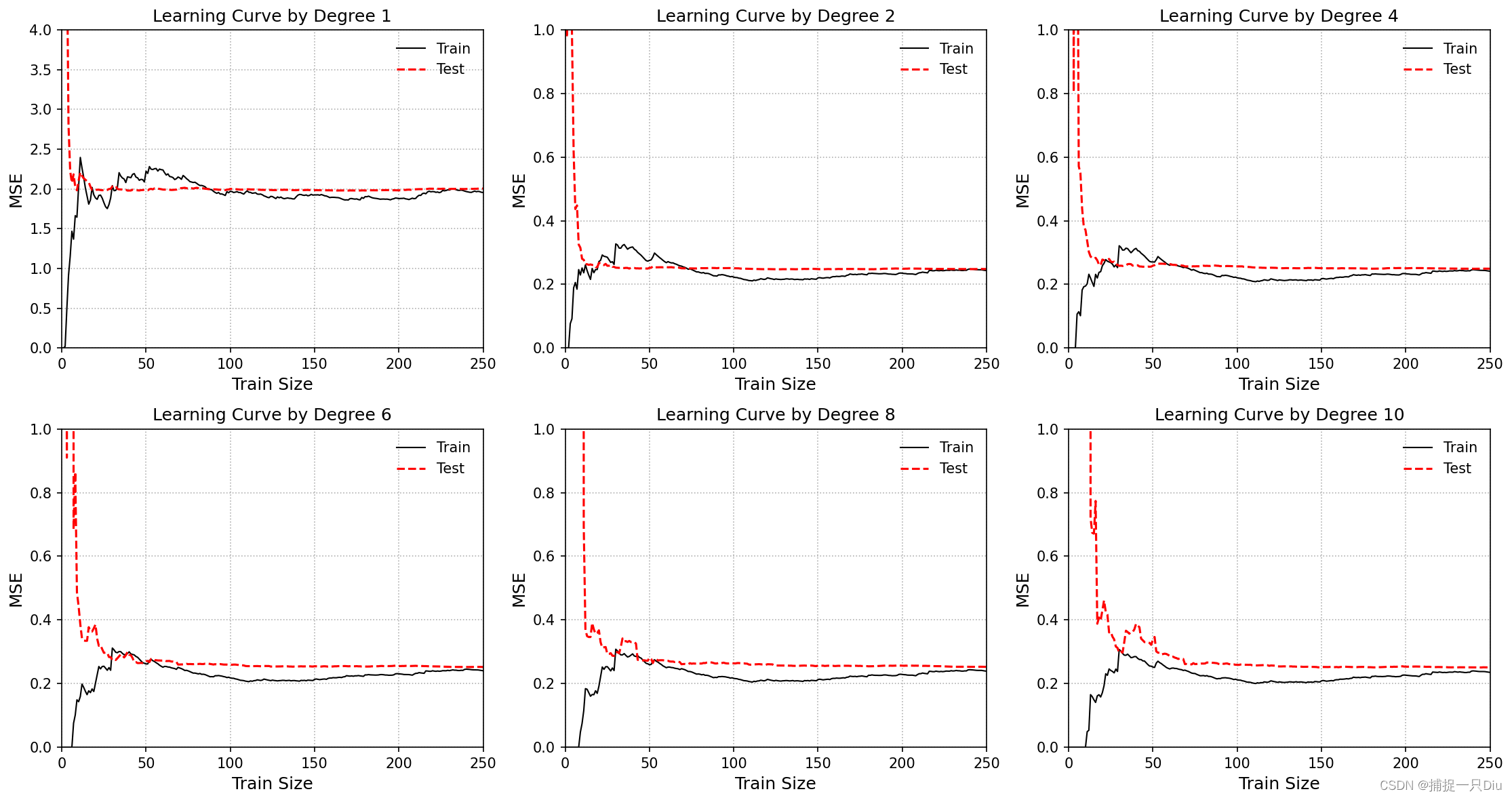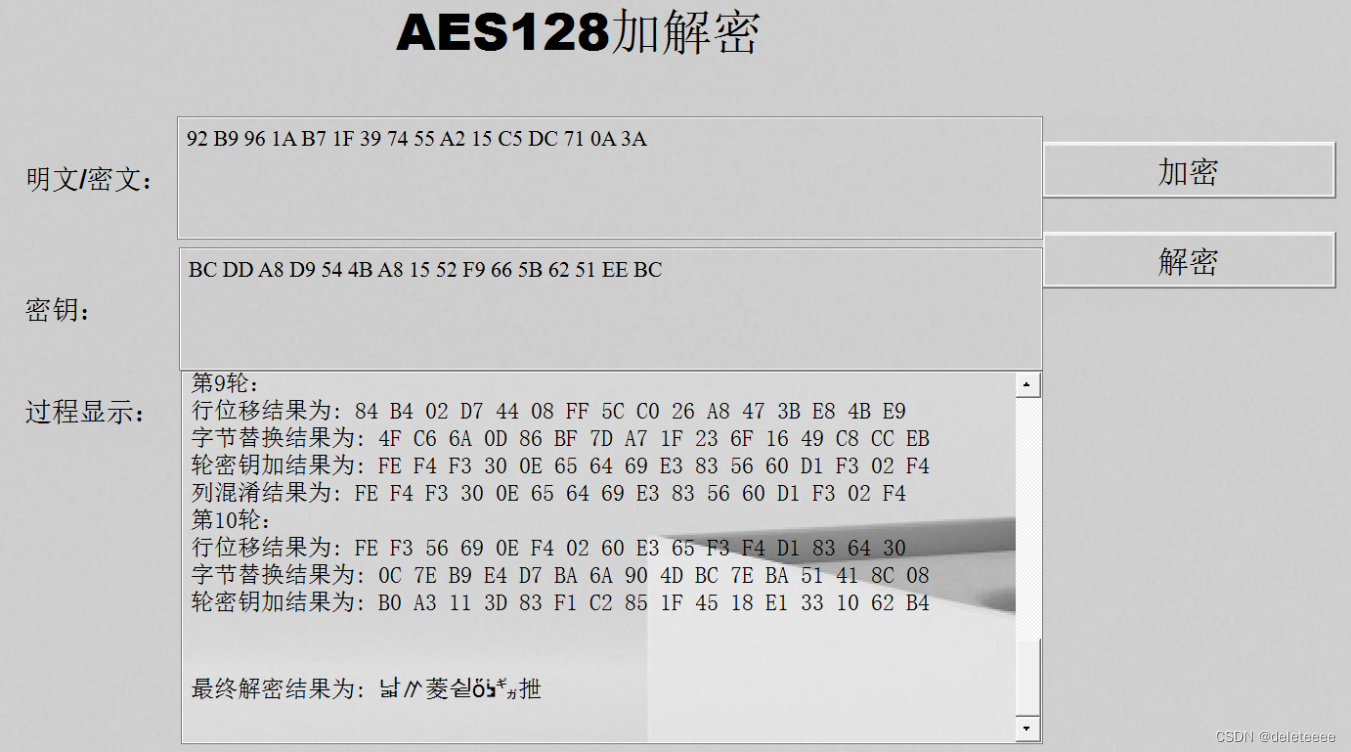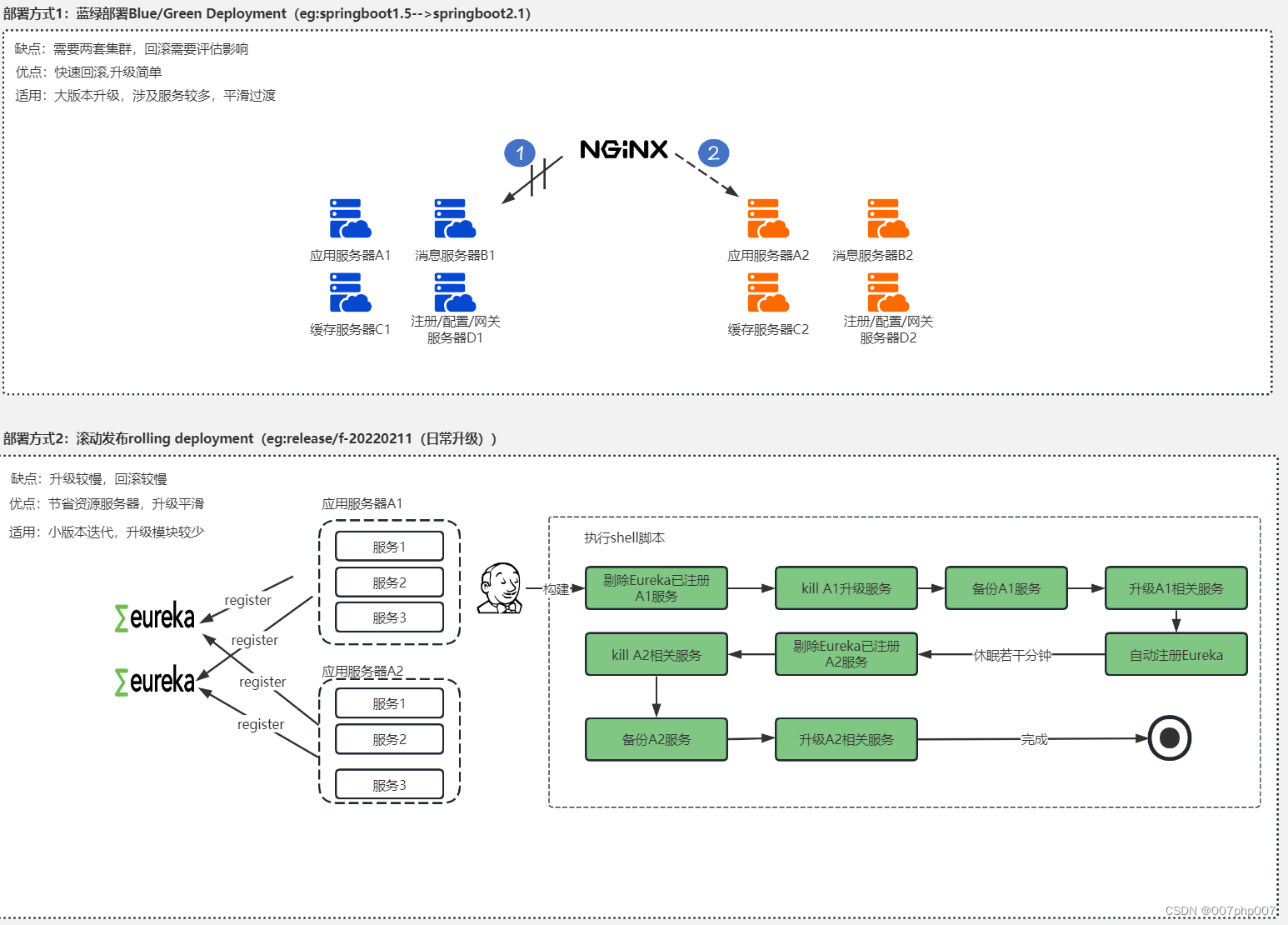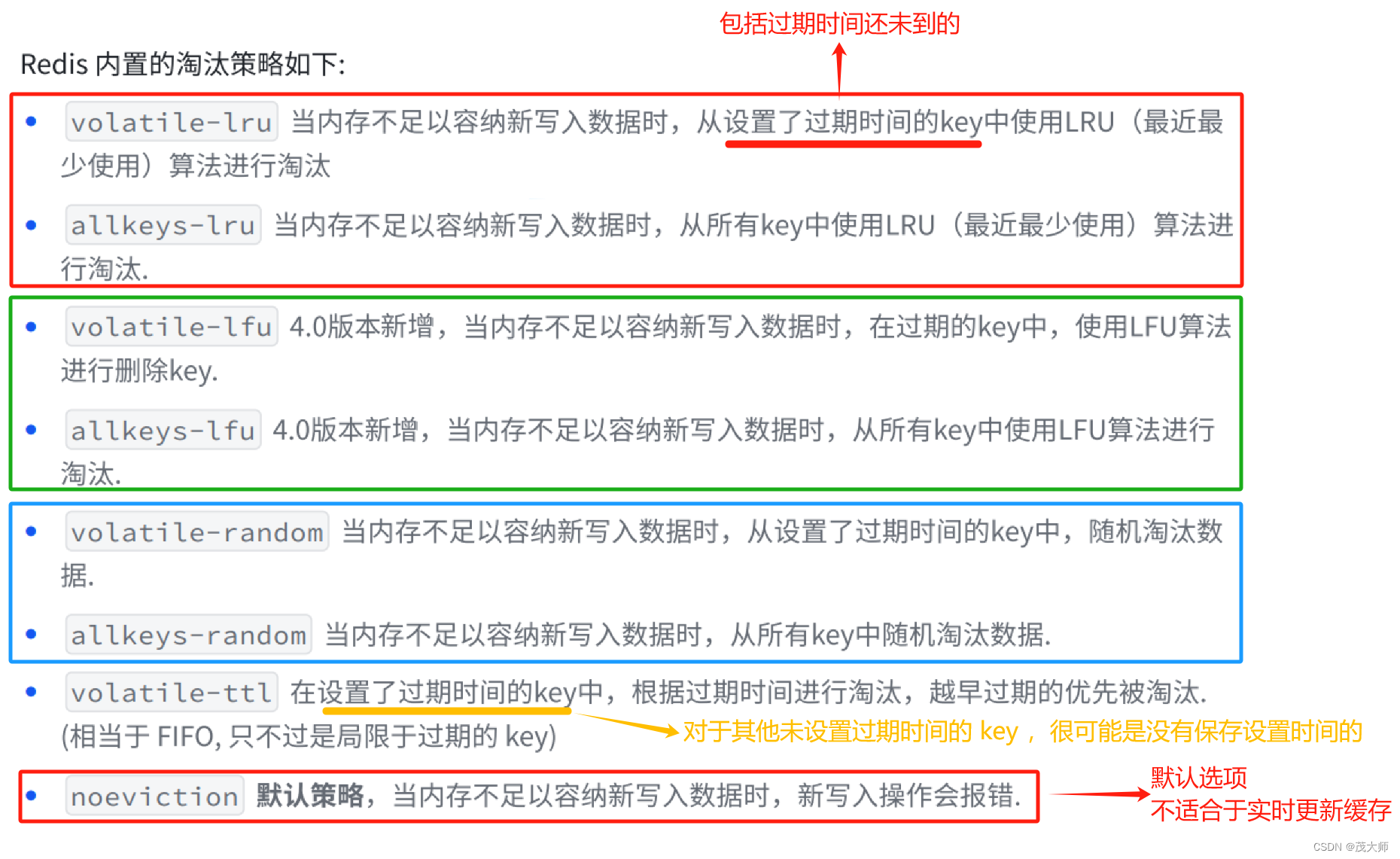
20世纪物理学:对宇宙认知的一次巨大飞跃
20th Century Physics: A Monumental Leap in Understanding the Universe
在20世纪这个科学大爆发的时代,现代物理学经历了前所未有的飞速发展与变革。这一时期诞生了众多奠基性的理论和杰出的物理学家,他们的贡献不仅颠覆了传统的物理学观念,更为人类对宇宙及其基本规律的理解奠定了坚实的基础。
In the era of the scientific explosion during the 20th century, modern physics underwent unprecedented and rapid development and transformation. This period witnessed the birth of foundational theories and remarkable physicists, whose contributions not only overturned traditional views of physics but also laid a solid foundation for humanity’s understanding of the universe and its fundamental laws.
一、主要事件
I. Major Events
1. 相对论的提出
1. Introduction of Relativity
1905年,阿尔伯特·爱因斯坦发表的狭义相对论革命性地重塑了物理学的基础,揭示了物理定律在所有匀速直线运动的惯性参照系中具有相同的表述形式。这一理论挑战了牛顿力学中的绝对时空观,预言了诸如时间膨胀(移动时钟相对于静止观测者变慢)、长度收缩(物体在高速运动方向上观察到的长度缩短)以及质能之间的等价关系(著名的E=mc²公式),它表明能量和质量可以相互转化。
In 1905, Albert Einstein’s groundbreaking theory of Special Relativity reshaped the foundations of physics, revealing that the laws of physics have the same form in all inertial reference frames for uniformly moving objects. This theory challenged the absolute space-time concept in Newtonian mechanics and predicted phenomena such as time dilation (time slowing for moving clocks relative to a stationary observer), length contraction (shortening of objects observed in the direction of motion), and the equivalence of mass and energy (the famous E=mc² formula), demonstrating the convertibility of energy and mass.
十年后,即1915年,爱因斯坦提出了广义相对论,进一步深化了对引力的理解,将其诠释为物体质量和能量分布导致周围时空几何结构弯曲的结果。这一理论不仅解释了牛顿引力无法描述的水星近日点进动等现象,还预言了黑洞、引力透镜效应及宇宙的大尺度结构等前所未有的天文现象。如今,广义相对论已成为现代物理学基石之一,并在GPS卫星导航系统精确计算信号传输延迟等方面发挥着关键作用,深刻影响着科学技术的多个领域。
A decade later, in 1915, Einstein proposed the General Theory of Relativity, further deepening the understanding of gravity by interpreting it as the curvature of spacetime caused by the mass and energy distribution around it. This theory not only explained phenomena such as the precession of Mercury’s perihelion that Newtonian gravity couldn’t account for but also predicted unprecedented astronomical phenomena like black holes, gravitational lensing effects, and the large-scale structure of the universe. Today, General Relativity stands as one of the cornerstones of modern physics, playing a crucial role in precise calculations of signal transmission delays in GPS satellite navigation systems and profoundly influencing various fields of science and technology.
2. 量子力学的崛起
2. Rise of Quantum Mechanics
1900年,马克斯·普朗克在解释黑体辐射现象时提出了能量量子化理论,这一开创性假说揭示了自然界微观领域中能量传递的不连续性,标志着量子力学的诞生。随后,尼尔斯·玻尔引入了量子化的原子模型,其中电子在特定轨道上的运动遵循量子规则,成功解释了氢原子光谱。
In 1900, Max Planck proposed the theory of energy quantization while explaining the blackbody radiation phenomenon. This groundbreaking hypothesis revealed the discontinuity of energy transfer in the microscopic realm, marking the birth of quantum mechanics. Subsequently, Niels Bohr introduced the quantized atomic model, where the motion of electrons on specific orbits follows quantum rules, successfully explaining the hydrogen atom spectrum.
20世纪20年代,埃尔文·薛定谔发展出波动力学,通过薛定谔方程描述粒子的波动性质,揭示了微观粒子具有波粒二象性这一革命性概念。同时,沃纳·海森堡提出的矩阵力学从全新的数学框架出发,强调在量子层面上无法同时精确测定粒子的位置和动量,从而确立了著名的不确定性原理。
In the 1920s, Erwin Schrödinger developed wave mechanics, describing the wave nature of particles through the Schrödinger equation. Simultaneously, Werner Heisenberg’s matrix mechanics, from a novel mathematical framework, emphasized the impossibility of simultaneously precisely measuring the position and momentum of particles at the quantum level, establishing the famous uncertainty principle.
这些深刻的概念革新了物理学的基础,并逐渐汇聚成完整的量子力学体系。其深远影响不仅重塑了我们对微观世界的理解,更为科技发展带来了前所未有的机遇:半导体技术、激光科学、核能开发以及当今最前沿的量子信息科学和技术,如量子计算与量子通信,均直接或间接地建立在量子力学的基石之上。
These profound concepts revolutionized the foundations of physics and gradually converged into a comprehensive system known as quantum mechanics. Its far-reaching impact not only reshaped our understanding of the microscopic world but also paved the way for unprecedented opportunities in technology: semiconductor technology, laser science, nuclear energy development, and cutting-edge quantum information science and technology, such as quantum computing and quantum communication, all directly or indirectly built upon the foundation of quantum mechanics.
3. 基本粒子的探索
3. Exploration of Elementary Particles
自电子、质子和中子的揭示以来,科学家们在探索物质微观世界的道路上矢志不渝。通过高能物理实验与理论创新的双重推动,人类逐步揭开了更深层次的基本粒子面纱,如介子、中微子等奇特存在,它们构成了原子核内部纷繁复杂的微观世界。这些发现不仅深化了原子核物理学和粒子物理学的研究,更为理解宇宙万物的起源、演化乃至基本力的统一奠定了基石。每一次基本粒子的探测与确认,都是对自然界基本规律的一次深度挖掘,为构建完整的物质世界微观理论体系添砖加瓦。
Since the discovery of electrons, protons, and neutrons, scientists have been unwavering in their quest to explore the microscopic world of matter. Through the dual impetus of high-energy physics experiments and theoretical innovation, humanity gradually unveiled deeper layers of elementary particles, such as mesons, neutrinos, and other exotic entities, constituting the intricate microcosm within atomic nuclei. These discoveries not only deepened the study of nuclear and particle physics but also laid the foundation for understanding the origin, evolution, and fundamental forces of the universe. Each detection and confirmation of elementary particles represents a profound exploration of the fundamental laws of nature, contributing to the construction of a comprehensive theoretical framework for the microcosm of the material world.
4. 宇宙大爆炸理论的确立
4. Establishment of the Big Bang Theory
在20世纪40年代,物理学家乔治·伽莫夫及其合作者提出了宇宙大爆炸模型,该理论详尽阐述了宇宙起源于一个无比致密、高温的初始状态,并从这个奇点出发经历了剧烈的膨胀与冷却过程。这一演化框架预言了宇宙在其早期阶段应当具有均匀分布的微波背景辐射,这是宇宙大爆炸后残留的“余晖”。到了1965年,这一预测得到惊人证实,天文学家阿诺·彭齐亚斯和罗伯特·威尔逊观测到了遍布宇宙空间各处的微波背景辐射,其温度约为3K左右。这一发现为宇宙大爆炸理论提供了强有力的支持证据,使之成为解释宇宙起源与演化的主导科学理论,并构成了现代宇宙学的基础。随着后续诸多观测数据如红移现象(哈勃定律)、轻元素丰度以及宇宙微波背景辐射的精细结构分析等的一致吻合,宇宙大爆炸理论的地位得到了进一步的确立和巩固。
In the 1940s, physicist George Gamow and his collaborators proposed the Big Bang model, a theory that detailed the origin of the universe from an immensely dense, high-temperature initial state, expanding and cooling dramatically. This framework predicted the presence of uniform cosmic microwave background radiation, a “residue” left after the Big Bang. By 1965, this prediction received astonishing confirmation when astronomers Arno Penzias and Robert Wilson observed the ubiquitous cosmic microwave background radiation with a temperature of about 3K. This discovery provided strong evidence supporting the Big Bang theory, making it the dominant scientific theory explaining the origin and evolution of the universe and forming the basis of modern cosmology. With subsequent observations like redshift phenomena (Hubble’s law), light element abundance, and detailed analysis of cosmic microwave background radiation, the status of the Big Bang theory was further established and consolidated.
5. 黑洞的观测证据
5. Observational Evidence of Black Holes
自1960年代以来,天文学家通过多种观测手段积累了黑洞存在的坚实证据。
Since the 1960s, astronomers have accumulated solid evidence for the existence of black holes through various observation methods.
-
星体运动轨迹分析:观察到某些星系中心的恒星和气体云以极高速度围绕不可见质量旋转,其运动规律只能通过一个超大质量、超高密度且不发光的物体——黑洞来解释。
-
Analysis of Stellar Motion Trajectories: Observing stars and gas clouds orbiting at extremely high speeds around invisible masses at the centers of certain galaxies, their motion can only be explained by the presence of a supermassive, non-luminous object—black holes.
-
X射线双星系统的研究:发现一些双星系统中,其中一颗星在极端引力作用下向伴星(疑似黑洞)转移物质,形成吸积盘并发出强烈的X射线辐射,这是黑洞吸积活动的重要证据。
-
Study of X-ray Binary Systems: Discovering that in some binary systems, one star transfers material to a companion (suspected black hole) under extreme gravitational forces, forming an accretion disk and emitting intense X-ray radiation. This serves as crucial evidence of black hole accretion activity.
-
引力波探测:LIGO和VIRGO等引力波天文台直接探测到了由黑洞合并事件产生的引力波信号,这一历史性发现为黑洞的存在提供了直接动态证据。
-
Detection of Gravitational Waves: Gravity wave observatories like LIGO and VIRGO directly detected gravitational wave signals produced by black hole merger events, providing dynamic evidence for the existence of black holes.
-
首张黑洞影像发布:2019年,国际科研团队公布首张位于M87星系中心超大质量黑洞的影像,其“暗影”特征与爱因斯坦广义相对论预测的黑洞视界相吻合。
-
Release of the First Black Hole Image: In 2019, an international research team unveiled the first image of a supermassive black hole at the center of the M87 galaxy. Its “shadow” features matched the predicted event horizon of a black hole in Einstein’s General Relativity.
-
黑洞喷流与吸积流研究:如中国科学家近期的工作,揭示了黑洞吸积流中的风现象以及黑洞喷流的周期性摆动,进一步证实了黑洞活动及自旋对周围环境的影响。
-
Study of Black Hole Jets and Accretion Flows: Recent work by Chinese scientists revealed phenomena such as winds in black hole accretion flows and periodic oscillations in black hole jets, further confirming the activity of black holes and the impact of their spin on the surrounding environment.
综上所述,黑洞从理论预测走向实证,不仅验证了爱因斯坦广义相对论的关键预言,而且成为现代天文学、高能物理乃至宇宙学等领域探索基础物理法则与宇宙演化奥秘的核心载体。
In summary, the journey of black holes from theoretical predictions to empirical evidence not only validated key predictions of Einstein’s General Relativity but also became a central focus in modern astrophysics, high-energy physics, and cosmology, exploring the fundamental physical laws and mysteries of cosmic evolution.
二、主要人物
II. Key Figures
1. 爱因斯坦
1. Albert Einstein
阿尔伯特·爱因斯坦,现代物理学的奠基人之一,以其开创性的理论贡献被誉为科学巨匠。1905年提出狭义相对论,彻底颠覆牛顿力学中的绝对时空观,预言了质能等价原理(E=mc²);1915年进一步完善为广义相对论,精准预测引力波、黑洞等天文现象,深刻影响并推动20世纪物理学的发展,尤其在宇宙学和高能物理领域产生深远影响。其非凡洞察力与革新精神使之成为世界公认的科学伟人。
Albert Einstein, one of the founding figures of modern physics, is acclaimed as a scientific genius for his groundbreaking theoretical contributions. In 1905, he proposed the Special Theory of Relativity, completely overturning the absolute space-time concept in Newtonian mechanics and predicting the principle of mass-energy equivalence (E=mc²). In 1915, he further refined it into the General Theory of Relativity, accurately predicting gravitational waves, black holes, and other astronomical phenomena. His extraordinary insight and innovative spirit made him a universally recognized scientific giant, profoundly influencing the development of 20th-century physics, especially in the fields of cosmology and high-energy physics.
2. 马克斯·普朗克
2. Max Planck
马克斯·普朗克,德国物理学家,量子理论的奠基者。1900年,为解决黑体辐射问题,他提出了能量量子化假设,即能量并非连续分布,而是以不连续的、分立的“量子”形式存在,这一革命性观念颠覆了经典物理学的能量连续概念,成功解释了黑体辐射谱,并由此开启了现代物理学的量子革命。普朗克因此被誉为“量子之父”,他的贡献不仅引领了物理学进入全新的量子时代,而且对后续科学和技术发展产生了深远影响。
Max Planck, a German physicist, is considered the pioneer of quantum theory. In 1900, while addressing the blackbody radiation problem, he proposed the concept of energy quantization, suggesting that energy is not continuously distributed but exists in discrete “quanta.” This revolutionary idea overturned the classical physics concept of continuous energy distribution, successfully explaining the blackbody radiation spectrum. Planck is honored as the “father of quantum theory,” and his contributions not only led physics into a new quantum era but also profoundly influenced subsequent scientific and technological developments.
3. 尼尔斯·玻尔
3. Niels Bohr
尼尔斯·玻尔,丹麦杰出物理学家,以其在原子结构领域的革命性理论贡献推动了量子力学的早期形成与发展。他提出著名的“玻尔模型”,成功解释氢原子光谱,并引入量子化概念,即电子只能在特定轨道上运动且能量变化是量子化的。这一开创性工作为后续量子力学的建立奠定了基础,他也因此荣获1922年诺贝尔物理学奖,成为量子理论发展史上的关键人物。
Niels Bohr, a distinguished Danish physicist, made revolutionary theoretical contributions to the formation and early development of quantum mechanics in the field of atomic structure. He proposed the famous “Bohr model,” successfully explaining the hydrogen atom spectrum and introducing the concept of quantization, where electrons can only move on specific orbits with quantized energy changes. This pioneering work laid the foundation for the establishment of quantum mechanics, and he was awarded the Nobel Prize in Physics in 1922, becoming a key figure in the history of quantum theory.
4. 沃纳·海森堡
4. Werner Heisenberg
沃纳·海森堡是德国杰出的理论物理学家,量子力学的主要创始人之一。他在1925年创立矩阵力学,为现代量子理论奠定了坚实的数学基础。同年,海森堡提出了著名的不确定性原理,这一原理揭示了在微观粒子世界中,位置和动量、能量和时间等物理量不能同时被精确测量,深刻改变了人类对自然界基本规律的认知,对20世纪物理学的发展产生了革命性影响。因其卓越贡献,海森堡荣获1932年诺贝尔物理学奖。
Werner Heisenberg, a prominent German theoretical physicist, is one of the main founders of quantum mechanics. In 1925, he established matrix mechanics, providing a solid mathematical foundation for modern quantum theory. In the same year, Heisenberg introduced the famous uncertainty principle, revealing that in the microcosmic particle world, physical quantities such as position and momentum, energy and time, cannot be simultaneously precisely measured. This principle profoundly changed humanity’s understanding of the fundamental laws of nature and had a revolutionary impact on the development of 20th-century physics. Heisenberg was awarded the Nobel Prize in Physics in 1932 for his outstanding contributions.
5. 埃尔文·薛定谔
5. Erwin Schrödinger
埃尔文·薛定谔是量子力学的奠基人之一,以其创立的波动力学和薛定谔方程而闻名于世。1926年,他提出的薛定谔方程成为描述微观粒子如电子等量子系统动态演化的基础理论工具,揭示了物质波的本质,极大地深化了科学家对原子及更小尺度物理现象的理解,为量子物理学的发展奠定了坚实基础。他的猫悖论思想实验更是引发了关于量子叠加态与测量问题的深入探讨,对后世科学哲学产生深远影响。
Erwin Schrödinger is one of the founding figures of quantum mechanics, renowned for creating wave mechanics and the Schrödinger equation. In 1926, his proposed Schrödinger equation became a fundamental theoretical tool for describing the dynamic evolution of quantum systems, revealing the nature of matter waves. This significantly deepened scientists’ understanding of atomic and smaller-scale physical phenomena, establishing a solid foundation for quantum physics. His thought experiment on the Schrödinger’s cat paradox further sparked in-depth discussions about quantum superposition and measurement issues, exerting a profound influence on the philosophy of quantum mechanics in subsequent generations.
6. 保罗·狄拉克
6. Paul Dirac
保罗·狄拉克(Paul Dirac)是英国杰出的理论物理学家,以其在量子力学领域的开创性工作而闻名。他提出的狄拉克方程成功统一了量子力学与狭义相对论,为描述电子行为提供了精确数学框架,并从该方程中预言了反物质的存在——反粒子概念的提出,这是对物质世界的颠覆性认知突破。此外,狄拉克还在量子场论的发展上做出了重大贡献,其工作深刻影响了现代物理学的发展,尤其在粒子物理学和宇宙学领域产生了深远影响。
Paul Dirac, a distinguished British theoretical physicist, is renowned for his pioneering work in the field of quantum mechanics. His Dirac equation, proposed in 1928, successfully unified quantum mechanics with special relativity, providing a precise mathematical framework for describing the behavior of electrons and predicting the existence of antimatter—the concept of antiparticles. Additionally, Dirac made significant contributions to the development of quantum field theory, profoundly influencing the advancement of modern physics, especially in particle physics and cosmology.
三、主要理论
III. Key Theories
1. 相对论
1. Theory of Relativity
相对论是现代物理学的两大基石之一,由阿尔伯特·爱因斯坦提出,它分为狭义相对论和广义相对论两个部分。狭义相对论(Special Theory of Relativity)于1905年发表,颠覆了牛顿力学中绝对时间和空间的概念,提出了物理定律在所有惯性参照系中保持不变以及光速恒定原理。这一理论引入了著名的质能等价公式E=mc²,并阐述了同时性的相对性和长度收缩、时间膨胀等效应,从而成功解释了高速运动物体的行为。
The Theory of Relativity, proposed by Albert Einstein, is one of the two cornerstones of modern physics. It consists of Special Relativity, published in 1905, which overturned the concepts of absolute time and space in Newtonian mechanics, introducing invariance of physical laws in all inertial reference frames and the constancy of the speed of light. This theory introduced the famous mass-energy equivalence formula E=mc² and elucidated effects such as relativity of simultaneity, length contraction, and time dilation, providing a successful explanation for the behavior of objects moving at high speeds.
而广义相对论(General Theory of Relativity)则在1915年完成,它是关于引力的全新理论,将引力描述为物体对时空几何的曲率所引起的效应,而非传统意义上的力的作用。这一理论预言了引力波的存在,黑洞和宇宙大爆炸模型的基础也源于此。广义相对论精确地描述了强引力场下的物理现象,比如行星轨道的进动和光的引力红移等,在现代卫星导航系统、宇宙观测等领域具有至关重要的应用价值。
General Relativity, completed in 1915, is a new theory of gravity. It describes gravity as the curvature of spacetime caused by the mass and energy distribution around it, rather than the traditional force concept. This theory predicted the existence of gravitational waves, and its foundation includes black holes and the Big Bang model. General Relativity precisely describes physical phenomena under strong gravitational fields, such as the precession of planetary orbits and the gravitational redshift of light. It plays a crucial role in various technological fields, including satellite navigation systems, astrophysics, and more.
总之,相对论构建了一个全新的时空观,深刻改变了我们对宇宙的理解,并在多个科技领域如GPS定位、粒子加速器研究以及天文学探索等方面起到了不可或缺的核心作用。
In summary, the Theory of Relativity constructs an entirely new view of spacetime, profoundly changing our understanding of the universe and playing an indispensable core role in various technological fields such as GPS positioning, particle accelerator research, and astronomical exploration.
2. 量子力学
2. Quantum Mechanics
量子力学,作为20世纪物理学的两大基石之一,是一种旨在揭示微观粒子行为和相互作用规律的理论框架。它以波粒二象性、超定性和不确定性原理为核心概念,深刻改变了我们对物质与能量在极小尺度(如原子、分子甚至更微观粒子)上性质的认识。量子力学预言并解释了诸如电子轨道、原子能级结构、原子光谱以及超导现象等一系列奇异现象,其理论精确度经受住了无数实验检验。
Quantum mechanics, one of the two cornerstones of 20th-century physics, is a theoretical framework aimed at revealing the behavior and interaction rules of microscopic particles. It incorporates core concepts such as wave-particle duality, superposition, and the uncertainty principle, significantly altering our understanding of the nature of matter and energy at extremely small scales (such as atoms, molecules, and even smaller particles). Quantum mechanics predicts and explains a series of peculiar phenomena such as electron orbits, atomic energy level structures, atomic spectra, and superconductivity. Its theoretical accuracy has withstood numerous experimental tests.
随着量子力学的发展和完善,一系列高科技产业和技术进步得以实现,例如半导体技术、激光技术、核磁共振成像(MRI)、量子计算与量子信息科学等领域都离不开量子力学的理论支持。此外,量子力学还在材料科学、化学反应动力学、粒子物理学以及宇宙学等诸多领域发挥着基础性指导作用,持续推动科技前沿的探索与创新。
As quantum mechanics has developed and matured, a range of high-tech industries and technological advancements have been realized. These include semiconductor technology, laser technology, magnetic resonance imaging (MRI), quantum computing, and quantum information science. Additionally, quantum mechanics continues to play a foundational guiding role in materials science, chemical reaction dynamics, particle physics, and cosmology, driving exploration and innovation at the forefront of science and technology.
3. 标准模型
3. Standard Model
标准模型是20世纪物理学的一项重大成就,它是一个描述基本粒子及其相互作用的理论框架。该模型详细阐述了构成宇宙万物的基本组成单元——夸克和轻子,以及这些粒子通过电磁力、弱相互作用和强相互作用进行互动的规则。其中,电磁相互作用由光子传递,弱相互作用涉及W和Z玻色子,而强相互作用则由胶子负责传递。
The Standard Model is a significant achievement of 20th-century physics, describing the basic particles and their interactions in the universe. This model details the fundamental building blocks of the cosmos—quarks and leptons—and the rules governing their interactions through electromagnetism, weak interaction, and strong interaction. Electromagnetic interaction is mediated by photons, weak interaction involves W and Z bosons, and strong interaction is carried by gluons.
标准模型不仅成功统一了自然界中的三种基本相互作用(电磁相互作用、弱相互作用和强相互作用),还预言了许多新粒子的存在,并且大部分预言已经通过高能物理实验得到了验证,如欧洲核子研究中心(CERN)大型强子对撞机(LHC)发现的希格斯玻色子。尽管标准模型在解释许多现象上取得了显著的成功,但它仍然存在局限性,例如未能将引力纳入体系内,以及未能解释暗物质与暗能量等宇宙学观测结果,这为未来物理学的发展提供了新的挑战和研究方向。
The Standard Model successfully unifies the three fundamental interactions in nature (electromagnetic, weak, and strong interactions) and predicts the existence of many new particles. The majority of these predictions have been verified through high-energy physics experiments, including the discovery of the Higgs boson at the Large Hadron Collider (LHC) at CERN. Although the Standard Model has achieved significant success in explaining many phenomena, it still has limitations, such as the inability to incorporate gravity into the system and the failure to explain cosmological observations such as dark matter and dark energy. These challenges provide new directions for future developments in physics.
综上所述,20世纪的现代物理学见证了人类认知宇宙本质的一次伟大飞跃,物理学家们的开创性工作不仅深刻影响了基础科学的发展方向,也成为了现代社会科技进步与文明进程的重要推动力。随着科学技术的持续进步,我们期待未来能够揭开更多关于自然界的奥秘。
In conclusion, 20th-century modern physics witnessed a profound leap in human understanding of the universe. The groundbreaking work of physicists not only deeply influenced the direction of basic science but also became a crucial driving force for the progress of modern society, science, and technology. As scientific and technological advancements continue, we look forward to unveiling more mysteries of the natural world in the future.





